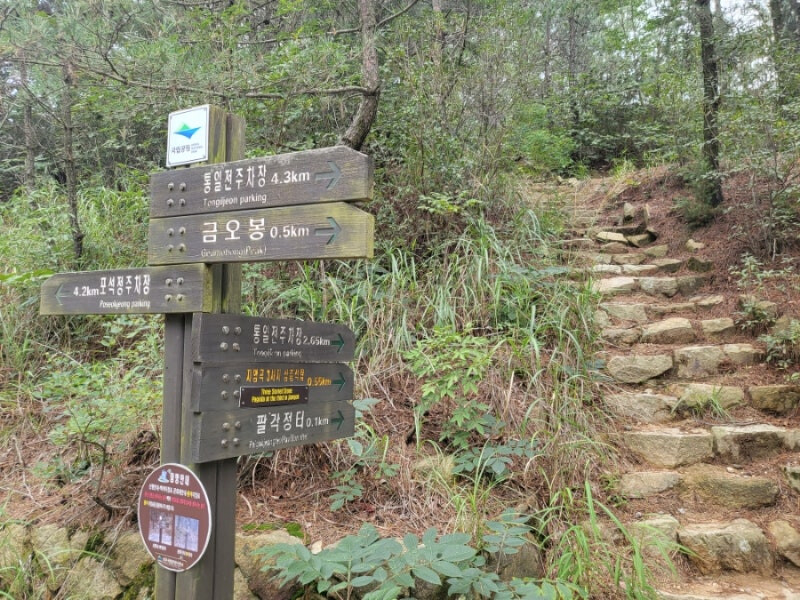
Gyeongju, South Korea's ancient capital, is a city where history breathes. Among its many treasures, none are as profound and historically rich as Namsan Mountain. Often called an "open-air museum," this sacred mountain, once revered by the Silla Kingdom (57 BC–935 AD), offers more than just scenic views; it presents a vivid, tangible connection to a millennium of Korean history. A trek through its trails is not merely a hike but a pilgrimage through a living historical text, where every rock and every turn in the path whispers tales of a glorious past.
According to a poignant local legend, Namsan was born from a deity who, captivated by the land of Seorabeol, was frozen in place. The male god transformed into Namsan's rugged cliffs, while the goddess became the gentle slopes of Mangsan. This myth underscores the deep spiritual significance the mountain held for the Silla people, a reverence that is palpable even today. The very landscape feels alive with stories, a testament to the Silla's harmonious relationship with nature and the divine.
The numbers alone are staggering. Spanning an oval-shaped area of 40 square kilometers, Namsan is a UNESCO World Heritage site that houses nearly 700 cultural artifacts. These include 13 royal tombs, remnants of 50 temple sites, 129 Buddhist statues, and 99 pagodas. Each artifact, from the intricate carvings of a stone Buddha to the weathered stones of a long-lost fortress, is a chapter in the Silla story. Unlike a conventional museum where artifacts are displayed in sterile halls, Namsan's treasures are intrinsically linked to their natural surroundings, creating a truly immersive and authentic historical experience.
For the modern-day explorer, Namsan offers a myriad of hiking paths, each providing a unique perspective on the mountain's rich heritage. One particularly compelling route is the "Namsan Trail," which traces a gentle ridge from Hwabak Plaza to the summit of Geumobong Peak. This path, a more moderate alternative to other, steeper trails, allows hikers to comfortably traverse the mountain's core. The journey begins at Woljeonggyo Bridge, an elegant structure that once connected the royal palace with the southern part of the city. As one leaves the bridge behind, the trail ascends, offering a brief stop at Hwabakjeong Pavilion for a breathtaking view of the bridge and the palace grounds.
The true magic of the Namsan Trail lies in its seamless integration of natural beauty and historical significance. The path itself is a meticulously curated exhibition. Along the way, trekkers encounter landmarks such as Namsansinseong Fortress, a silent sentinel from the Silla era, and Jeon Samhwaryeong, the presumed site of ancient tea ceremonies. These sites are not isolated relics but integral parts of the landscape, inviting visitors to imagine the lives of the people who once walked these very paths. Reaching the summit of Geumobong Peak is a rewarding experience, not just for the panoramic views but for the sense of accomplishment that comes with reaching the culmination of this historical trek.
Experiencing Namsan Mountain is essential for anyone seeking to understand the soul of Gyeongju and the legacy of the Silla Kingdom. It is a place where nature and history are one, where every footstep echoes through a thousand years of time. The mountain is a powerful reminder that some of the most profound historical lessons are not found in books but are etched into the very earth, waiting to be discovered by those who are willing to walk the path.
[Copyright (c) Global Economic Times. All Rights Reserved.]




























